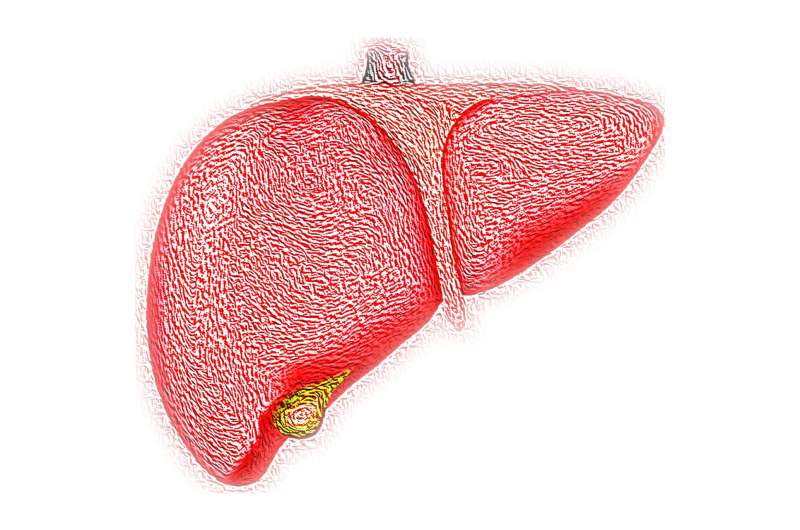Low-Dose Old Drug Shows Promise in Preventing Type 1 Diabetes Progression in Youths

A groundbreaking study shows that a low dose of the old immunomodulatory drug ATG is safe and effective in slowing the progression of type 1 diabetes in children and young adults, opening new avenues for disease modification.
Recent research presented at the European Association for the Study of Diabetes (EASD) Annual Meeting in Vienna, Austria, and published in The Lancet, reveals that a well-known immunomodulatory drug, anti-thymocyte globulin (ATG), can be safely and effectively used in a low dose to help prevent the progression of type 1 diabetes (T1D) in children and young people. The study, led by EASD President Professor Chantal Mathieu from UZ Leuven, Belgium, demonstrates that lower doses of this old medication may serve as a disease-modifying therapy for recent-onset T1D.
Type 1 diabetes is a chronic autoimmune disease affecting roughly 9.5 million individuals worldwide, with rising incidence rates among children and adolescents. Current understanding of T1D’s autoimmune nature — where the immune system destroys insulin-producing pancreatic beta cells — has spurred interest in potential interventions to preserve beta-cell function.
ATG, a drug with over 35 years of use in transplantation immunology, is composed of antibodies targeting T lymphocytes, immune cells involved in attacking the body's tissues in T1D. It is produced by immunizing rabbits with human T cells, then purifying the resulting antibodies. In this study, ATG was administered intravenously over two consecutive days in a double-blind, placebo-controlled, randomized trial involving participants aged 5–25 years, diagnosed with recent-onset T1D.
Participants, enrolled from multiple European hospitals, had been diagnosed between three and nine weeks prior to treatment and exhibited low C-peptide levels, indicating impaired beta-cell function. The trial employed an innovative adaptive design to test multiple doses, primarily measuring C-peptide levels during a two-hour mixed meal tolerance test after 12 months, which reflects residual beta-cell activity.
The trial compared placebo with low doses of 2.5 mg/kg and 0.5 mg/kg of ATG. Results showed that the lower dose was similarly effective to the higher dose in maintaining C-peptide levels, with fewer side effects. The higher dose was associated with more frequent adverse reactions, including cytokine release syndrome and serum sickness.
These findings suggest that the 0.5 mg/kg dose of ATG, administered in a single day infusion, is a promising, affordable therapy with a favorable safety profile for young individuals with recent-onset T1D. This could delay disease progression or prolong the preservation of insulin production, marking a significant advancement in T1D management.
The study emphasizes the importance of testing immune-modulating therapies directly in children and adolescents, rather than starting with adult populations, to better address the unique needs of young T1D patients. The findings also highlight the potential for repurposing existing drugs like ATG at lower doses for autoimmune diseases, improving feasibility and accessibility worldwide.
Stay Updated with Mia's Feed
Get the latest health & wellness insights delivered straight to your inbox.
Related Articles
Research Investigates How AI Enhances Diagnostic Accuracy in Healthcare
A groundbreaking study examines how large language models improve differential diagnosis accuracy, promising better patient care and reduced healthcare costs.
Identification of the Top Three Risk Factors Increasing Mortality in Common Liver Disease
A new study identifies high blood pressure, pre-diabetes, and low HDL cholesterol as the leading risk factors increasing mortality in fatty liver disease, guiding better treatment approaches.
Nirsevimab Shows Promise in Protecting Infants from RSV Lower Respiratory Tract Disease
A new study confirms that nirsevimab provides strong protection for infants against RSV-related lower respiratory tract disease, significantly reducing hospitalizations and healthcare visits during the RSV season.



